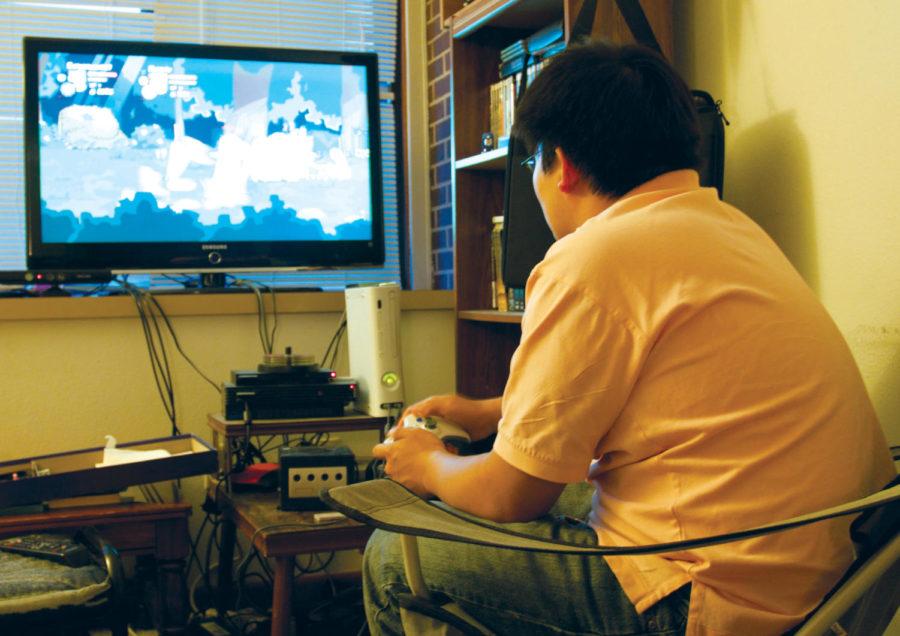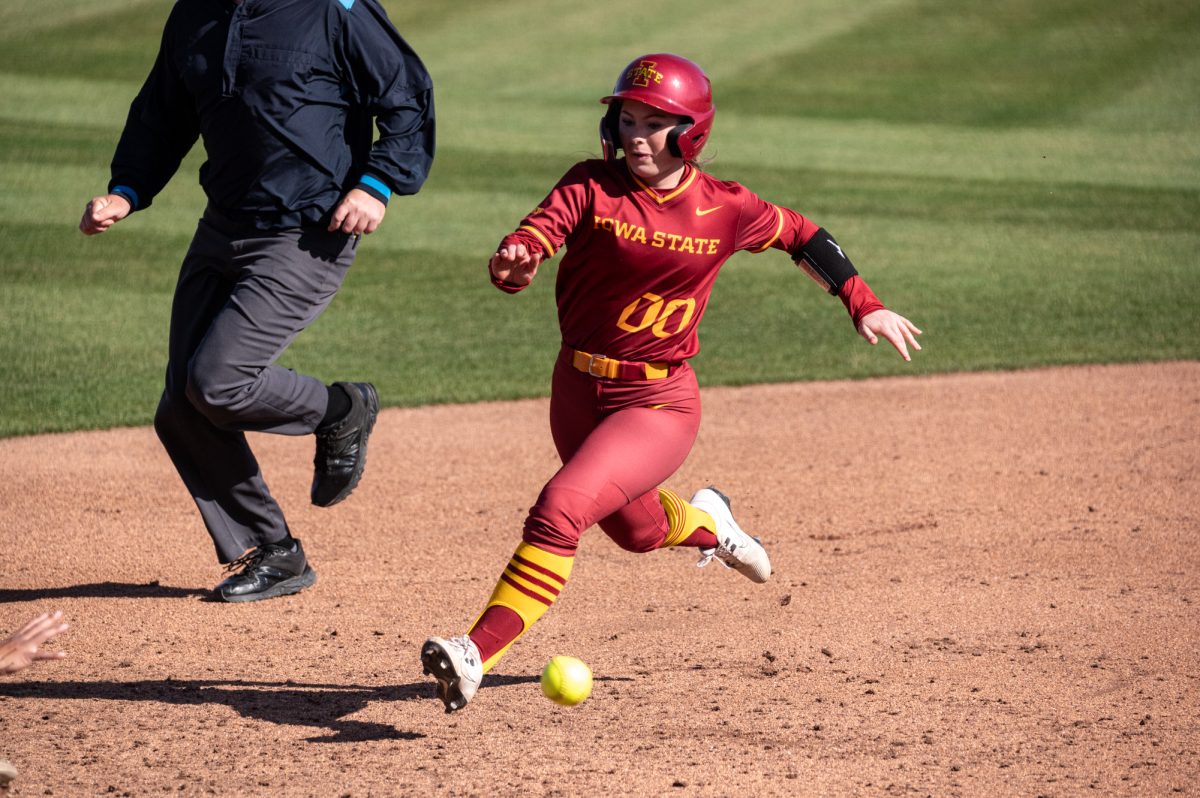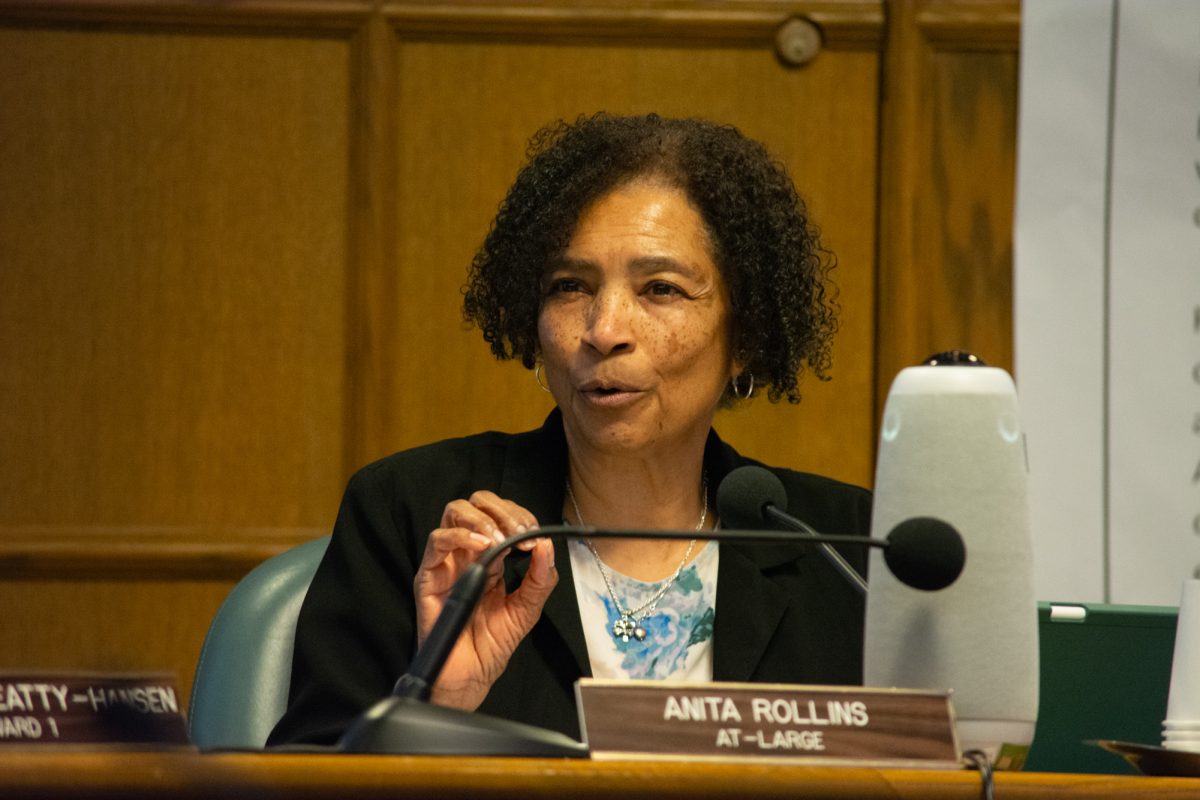Leading researcher ‘not surprised’ by Supreme Court decision on video games
Photo illustration: Victoria Harjadi/Iowa State Daily
Citing free speech rights and consumer protection, the U. S. Supreme Court struck down on June 27 a California law that would have banned the selling of violent video games.
July 4, 2011
The Supreme Court failed to uphold a California law banning the sale of violent video games to children on June 27, citing the First Amendment right to free speech.
Professor Craig Anderson, distinguished professor of psychology and director of ISU’s Center for the Study of Violence, has contributed extensively to a large body of research showing a definitive link between exposure to violent media and aggressive behavior. Though he has served as an expert witness in similar cases, he did not take part in this one.
“What we did do was put together a summary statement of what the research shows,” Anderson said. “And we allowed that to appear in the appendix of one of the amicus briefs that was filed by the California state senator who originally proposed the law.”
Anderson expressed his frustration with the judges’ dismissal of the statement.
“I’m disappointed by the fact that several of the judges chose to attack the research evidence and chose to make statements that are clearly factually incorrect,” Anderson said. “Here’s what the science says. Here’s what the science doesn’t say. Use this as you’re supposed to use it, but I can’t make them use it. They can misuse it and they will. It’s very frustrating.”
Anderson said he was neither for nor against the ban.
“I firmly come down right in the middle,” Anderson said. “It wasn’t a well-written law, and I’ve always been a free speech proponent, but on the other hand, I don’t think free speech should apply the same way to children as it applies to adults, because we hold that they are vulnerable. As a society we’ve made that decision.”
Anderson said violent video games “model and reinforce” physical aggression and teach children that violence is an acceptable way to solve problems. With Professor Doug Gentile, Anderson works with researchers in Germany, Japan and Singapore.
“[Our studies] all show essentially the same effects,” Anderson said. “Across time, kids who play a lot of violent video games become relatively more aggressive, even after you control for how aggressive they were at the beginning of the study.”
Their research as well as their personal motives are often unfairly attacked by the video game industry, Anderson said.
“They really do like to call us biased. They spend a lot of money making sure that we’re perceived as this biased, one-sided group that simply doesn’t understand games,” Anderson said. “There’s one guy who keeps trying to accuse us of creating a ‘moral panic.'”
Some of Anderson’s research has shown that certain video games can increase positive behavior.
“The video game industry doesn’t like to acknowledge this, but we’re the first group to have published a major paper showing the positive effects of pro-social games,” Anderson said. “They don’t want to acknowledge this, because if they give us credit for showing how wonderful games can be, it makes them look foolish to turn around and trash us.”
Just as movies are rated by the Motion Picture Association of America, video games are rated by the Entertainment Software Ratings Board. The board determines age-based ratings based on game content.
Anderson said the current ratings system makes it difficult for parents to screen violent games.
“It’s not really very parent-friendly in the sense of being accurate and useful in helping parents determine what’s good for a kid versus what’s bad for a kid,” Anderson said. “Clearer descriptions of what the actual content is might lead to better choices — certainly by parents.”
Kids’ games may actually contain the same amount of violence as games intended for older children, with the only difference being the explicitness of the violence, Anderson said.
“We know that even cartoonish violence leads to increases in aggressive behavior in children and even in college students,” Anderson said. “The bottom line is that the ratings system is inaccurate, it’s unreliable and it doesn’t really match the science.”
Anderson said it might be wise to let the government control the ratings, as is the case in certain countries.
“They’re supposed to be independent of the video game industry but they’re not. They’re controlled and funded by the industry,” Anderson said of the present ratings board.
Anderson said the goverment needs to make a greater effort to inform the public of the effects of violent media.
“The government, in my view, has a responsibility to provide parents with the tools they need to provide good parenting. One of those tools is educating parents what is and isn’t harmful. We’ve failed at that miserably,” Anderson said. “We don’t do very well as a society with psychological health.”
Anderson said it is also highly important for parents to become actively involved in their children’s media diet.
“You need to know what it is your kids are playing. You don’t buy them games without knowing what the content is,” Anderson said. “It’s helpful for parents to talk to their kids about why certain kinds of games are not allowed, and in that context, provide some values training.”
Parents should also limit the amount of time children spend playing video games and watching TV, Anderson said.
“Any entertainment media, even nonviolent media, needs to be in moderation,” Anderson said. “If they’re spending 30 hours a week watching TV, that kid is not going to grow up to be a doctor.”
Anderson said that of all the risk factors for future aggression, exposure to violent media is the easiest one for parents to mitigate.
“You can’t do much about living in a violent neighborhood . . . You can’t do much about your genetics, but if you do in fact understand that media violence is an important issue, you can do something about that,” Anderson said. “There always is this tension between the individual’s freedom and the public good. The public good in this case is developing healthy children.”







